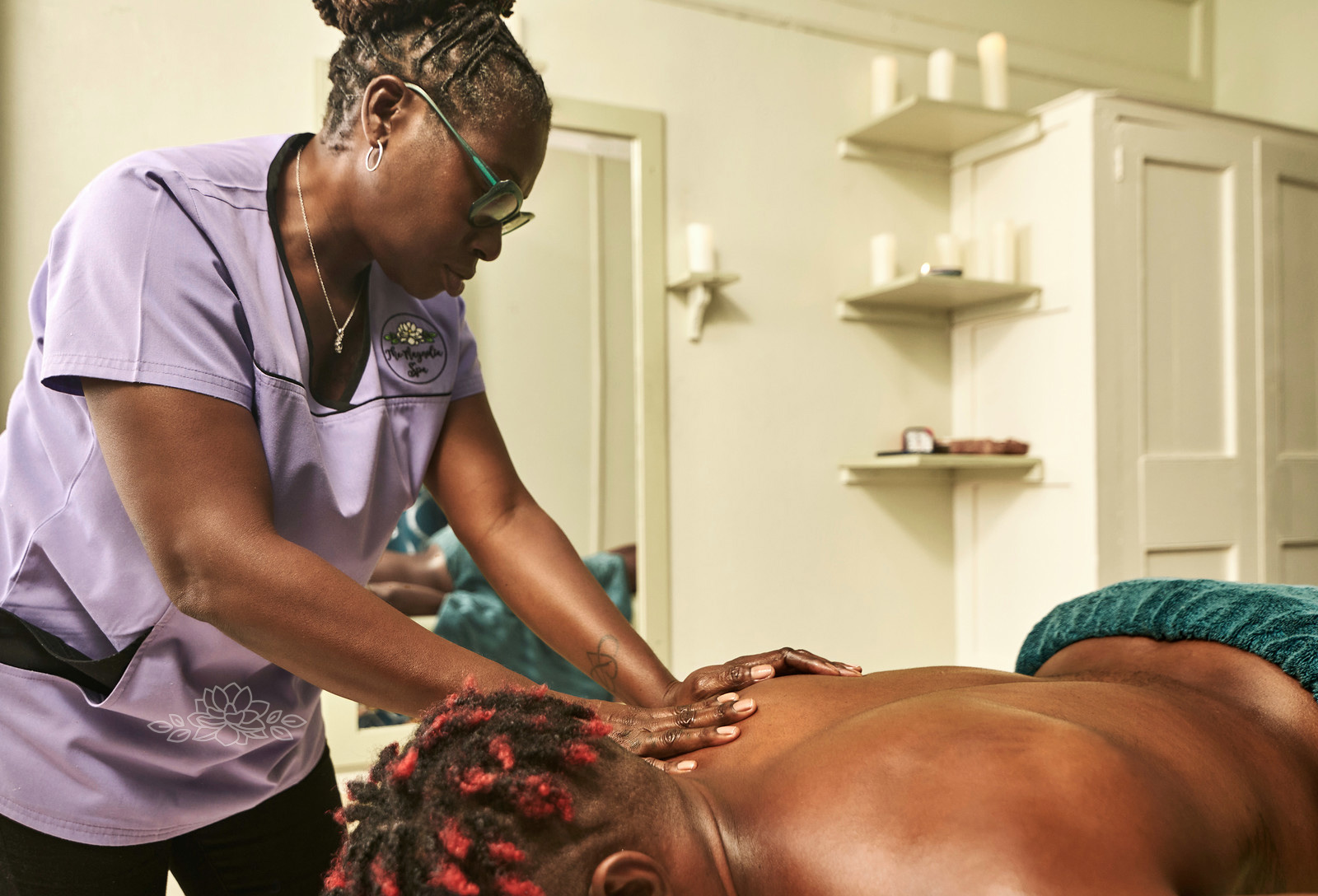

Swedish Massage is one of the most common and effective massage therapy modalities. A wonderful combination of light to firm gliding strokes, integrated with stretching and ranging of the joints, it is a process that promotes total relaxation and muscle tension release.
Swedish Massage was developed by Peter Henrik Ling (1776-1839), a Swedish physician and athlete who combined Chinese medical massage techniques with sports medicine to create a technique for decreasing muscle soreness, increasing flexibility and promoting general health. Strokes used in Swedish include long and gliding movements generally applied with an oil or cream as a lubricant, kneading, vibration, tapping and friction. Massage therapists also incorporate stretching to elongate the musculature, and joint mobilization or open and soften the joints.
The effects and benefits of Swedish Massage have been well researched and documented with controlled studies. Research performed by the Touch Research Institute at the University of Miami School of Medicine and International Journal of Neuroscience shows that 45-minute massage increases serotonin, dopamine and oxytocin that help to balance and elevate the mood. Serotonin and dopamine are both neurotransmitters. Lowered levels of either serotonin and dopamine have been linked with depression, anxiety and overall lethargy. Increased levels, as with massage, will bring about a feeling of emotional well-being and balance. Oxytocin, commonly referred to as the “cuddle hormone,” has been shown to release while cuddling, as well as while in massage. While it is technically a hormone, it tends to act like a neurotransmitter making a sweet little neuropeptide that makes you feel warm and soft on the inside.
A more recent study looked more at the physical benefits of massage. This study was done with 400 adults who complained of moderate to severe low back pain, lasting 3 or more months. These adults were divided into 3 groups. The first group received a weekly full body massage. The second group received a more targeted massage that focused on specific muscles of the low back and hips. The final group did not receive massage, but instead were prescribed pain medication and muscle relaxants. After 10 weeks, participants in both massage groups reported a greater average improvement in pain and functioning than those who received medication. The type of massage, either full-body or focused, yielded equally beneficial results. At the end of the study, 36-39% of the massage recipients reported that the pain was nearly or completely gone, while in the medicated group only 4% reported that significant decrease in pain level. This bodes well for not only focused but also a full Swedish “relaxation” massage.
The significant benefits of Swedish Massage make it clear that a regular massage regimen is more than a luxury, but indeed an important ingredient in the cultivation of physical and emotional well-being. Maybe you just want a “relaxation” massage. But know, that in your relaxation, you are also taking care of both your body and mind in fundamental yet important ways.
Source: Raizelah Bayen
Raizelah Bayen is a California Certified Massage Therapist, currently employed as the Spa Services Manager at Osmosis Day Spa Sanctuary in Freestone, California. She has been practicing massage for over 25 years, and teaching T’ui Na, Acupressure, Sports and Pregnancy Massage in massage certification programs for 15 years. Raizelah is an approved CEU Instructor by the National Certification Board of Therapeutic Massage and Bodywork (NCBTMB).